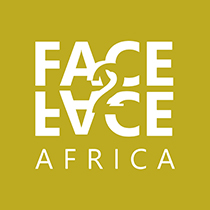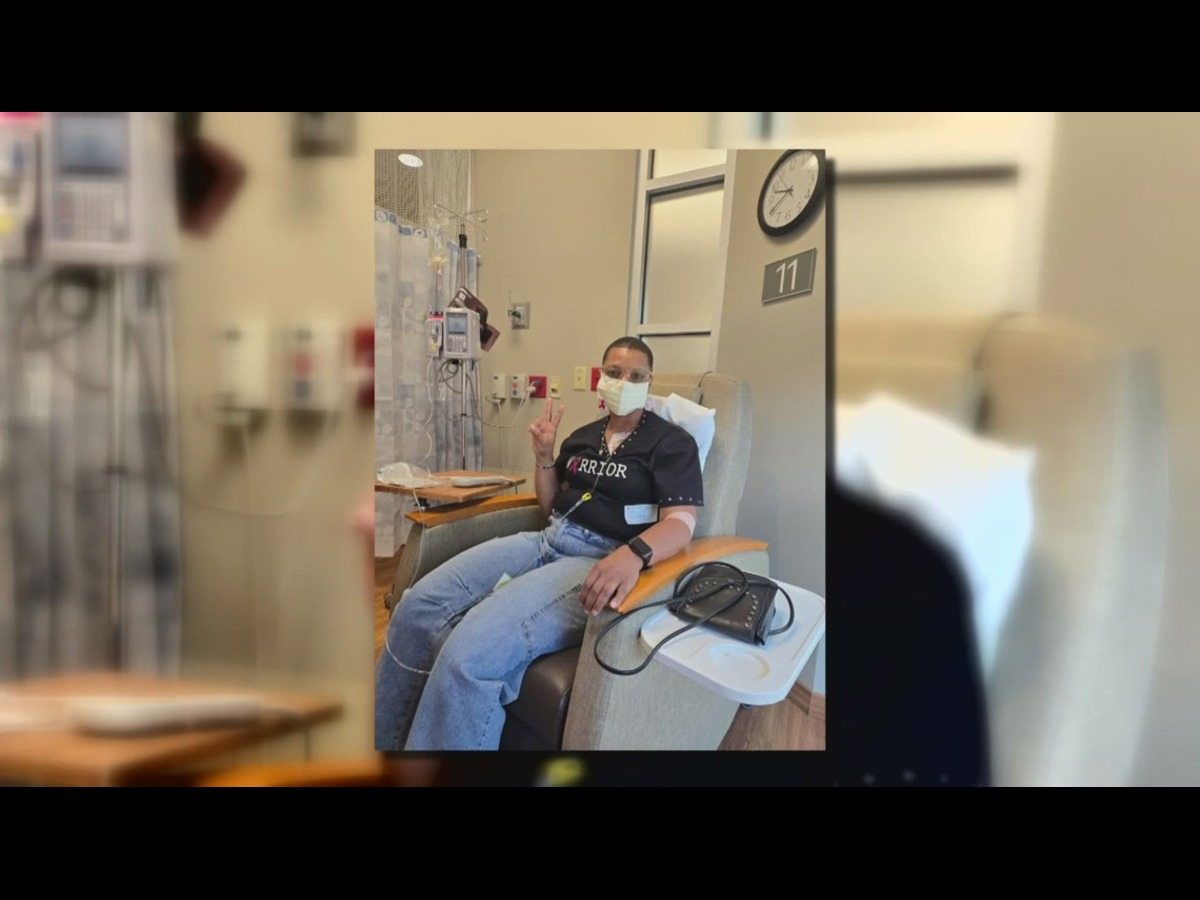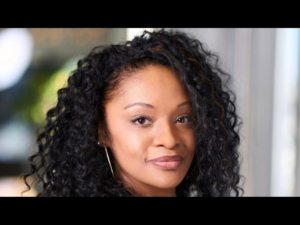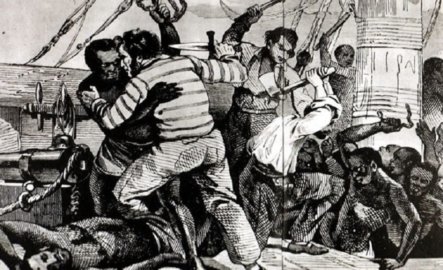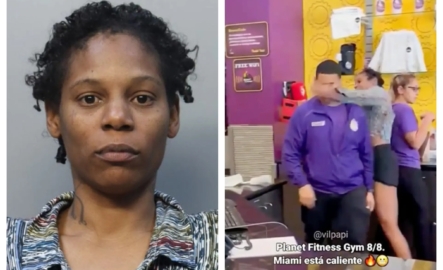In April 2024, shortly after her 50th birthday, Shewanna Strickland’s routine mammogram revealed a troubling spot on her breast. This discovery would mark the beginning of an intense fight for her life against one of the most aggressive forms of breast cancer.
“I was really in shock, because I was like… me?” Strickland told 11 Alive.
On June 14, a diagnosis of stage 2 breast cancer was delivered. This wasn’t a typical case, however; it was triple-negative breast cancer, an aggressive form previously experienced by Strickland’s mother.
Dr. Mohit Bansal of Baylor Scott & White, who treated both women, explained the unique nature of this particular cancer, saying, “It is different from other breast cancers because it does not express some of the proteins that the more common type of breast cancers do. The lack of those receptors or those proteins on the cancer cells prevents us from targeting the triple-negative cancer cells.”
Triple-negative breast cancer needs a different treatment approach unlike the other types of breast cancers that can be targeted with “smart bomb” therapies like HER2. Triple-negative breast cancer also affects younger patients and African-American women more, and it usually returns within two to three years.
“As decades are passing, we’re seeing more and more younger people being affected, and so 50 and less would be younger,” Dr. Bansal said.
After the diagnosis, Strickland’s life took a turn when she went from caring for others as a medical professional to needing care herself as a patient.
“It just does something different to you because I’m used to taking care of people, and then I knew that eventually I would be in a position where I was gonna have to be taken care of,” she said.
To make matters more serious, her PET scans found something unexpected.
“Your stomach and your heart are the only things that are supposed to be lit up on the PET scans,” said Strickland. “Well, my liver was lit up as well.”
The diagnosis advanced to Stage 4.
“Stage 4, I knew it was the last stage, triple negative,” she recounted. “I just prayed that I would get through it because I know a lot of people at stage 4 and triple negative don’t. I wanted to be here for my kids and I wanted to be here with my parents.”
Strickland, alongside Dr. Bansal, opted for an aggressive treatment strategy. They decided to go for a curative approach for triple-negative breast cancer. This involved 34 days of chemotherapy, a mastectomy, 25 days of radiation, and immunotherapy every six weeks. Dr. Bansal pointed out that combining chemotherapy and immunotherapy made a huge difference.
READ ALSO: How Randy Moss made triumphant return to ‘Sunday NFL Countdown’ after cancer treatment
“That, in conjunction with chemotherapy, has totally changed the landscape of triple negative breast cancer,” he said. “We are curing more and more triple negative breast cancer patients than we were ever before.”
Strickland completed her immunotherapy treatment on August 20, triumphantly ringing the ceremonial bell to mark the end of her cancer treatment. Her post-treatment scans confirmed the real victory: “I’m still cancer free,” she proudly announced. This experience has also strengthened her bond with her mother, who is also a triple-negative breast cancer survivor.
“We’ve bonded; we’re very close,” Strickland said.
Strickland is now making the most of her second chance at life. She is dedicated to raising awareness about triple-negative breast cancer and emphasizing the importance of early detection, drawing from her personal experience.
“Never give up, don’t quit, fight the fight, you’re not alone, and I’m a living testimony,” she said. “I’m still standing. I’m still here, and I’m surviving and I’m thriving.”
Dr. Bansal strongly advocates for early detection as a life-saving measure. He stressed the critical role of mammograms, stating, “Mammograms save lives. It is one of the very few modalities of screening that we have that truly, truly has improved survival in breast cancer. I could not overemphasize or emphasize enough the importance of those.”
